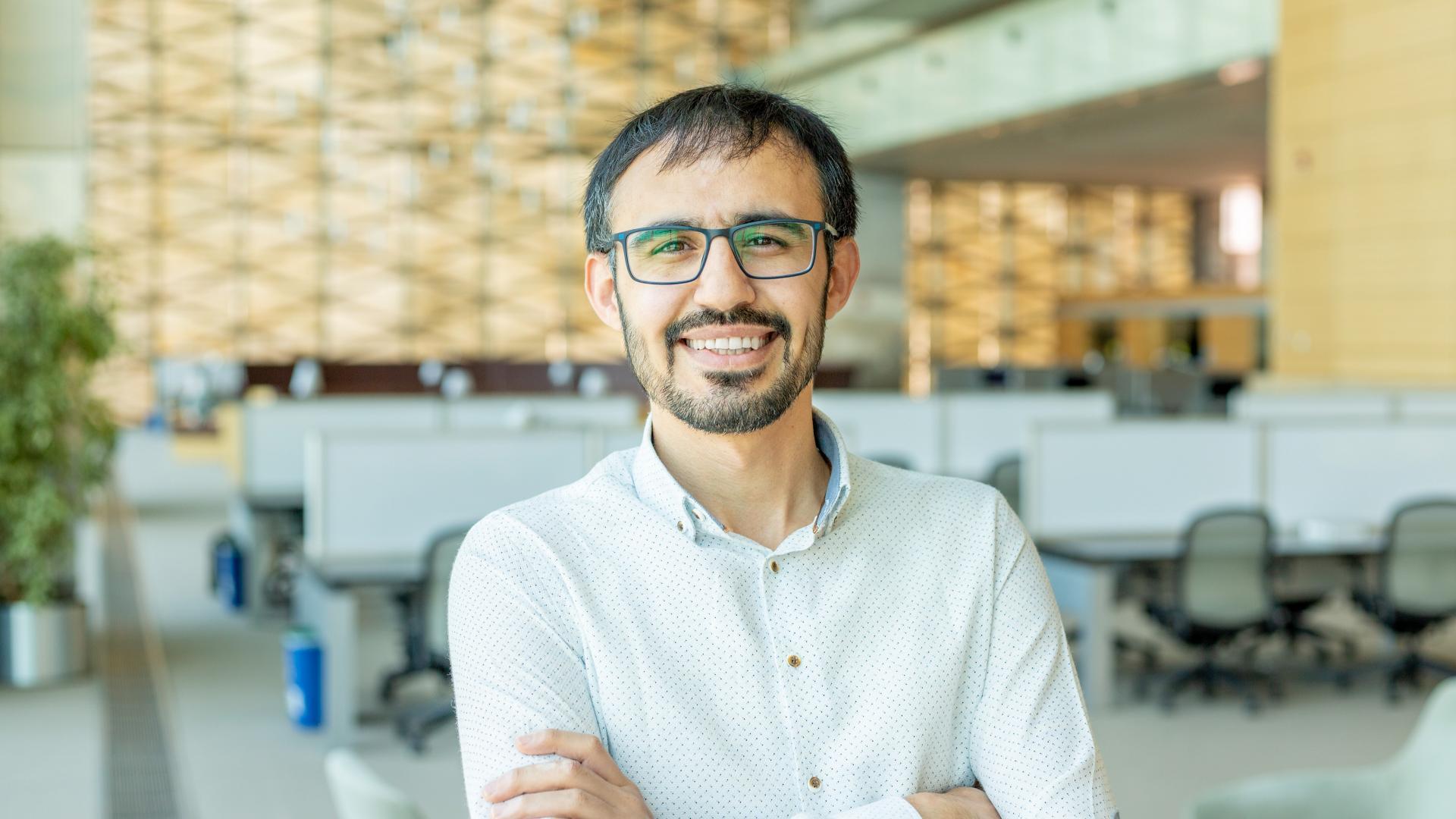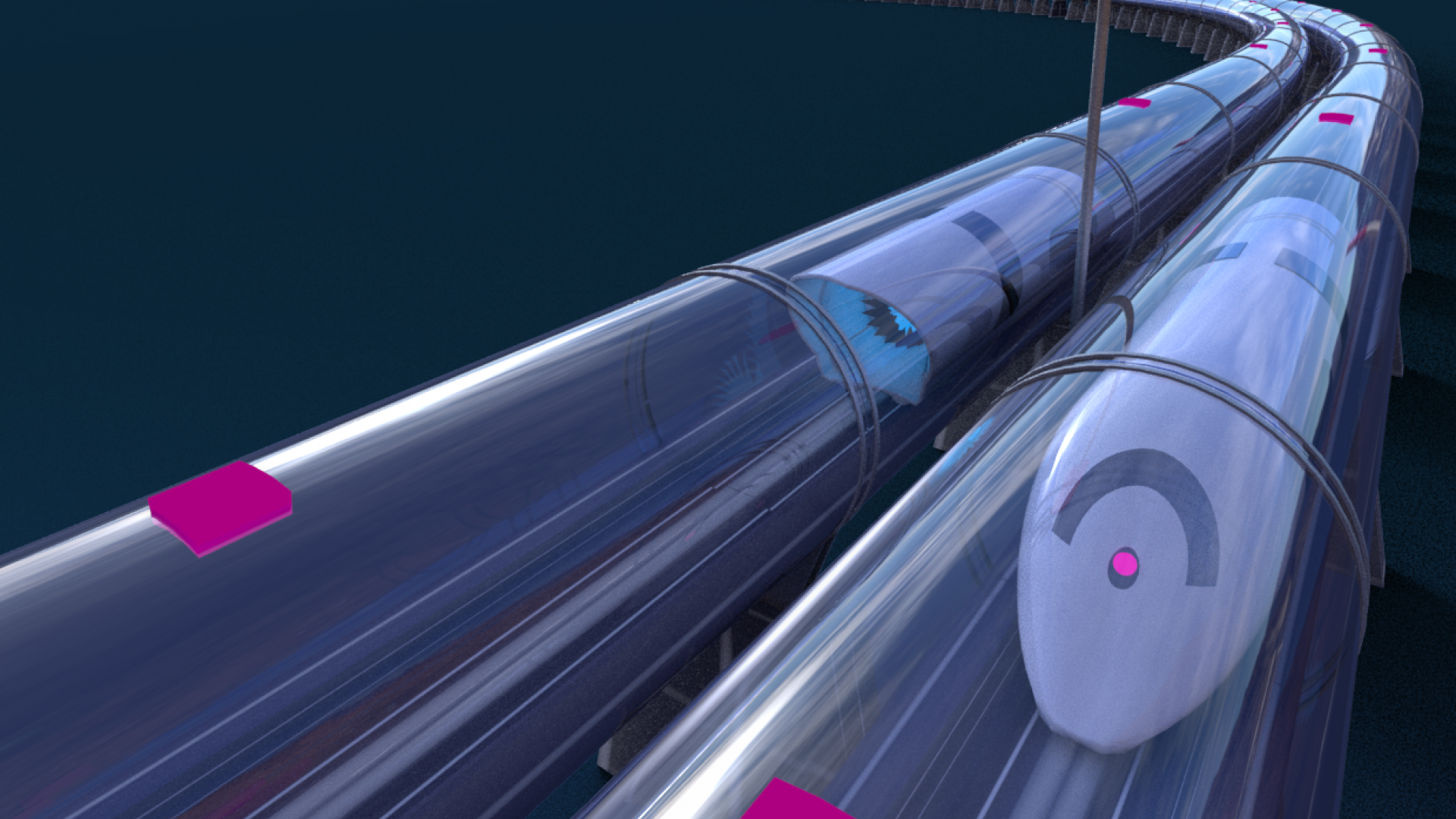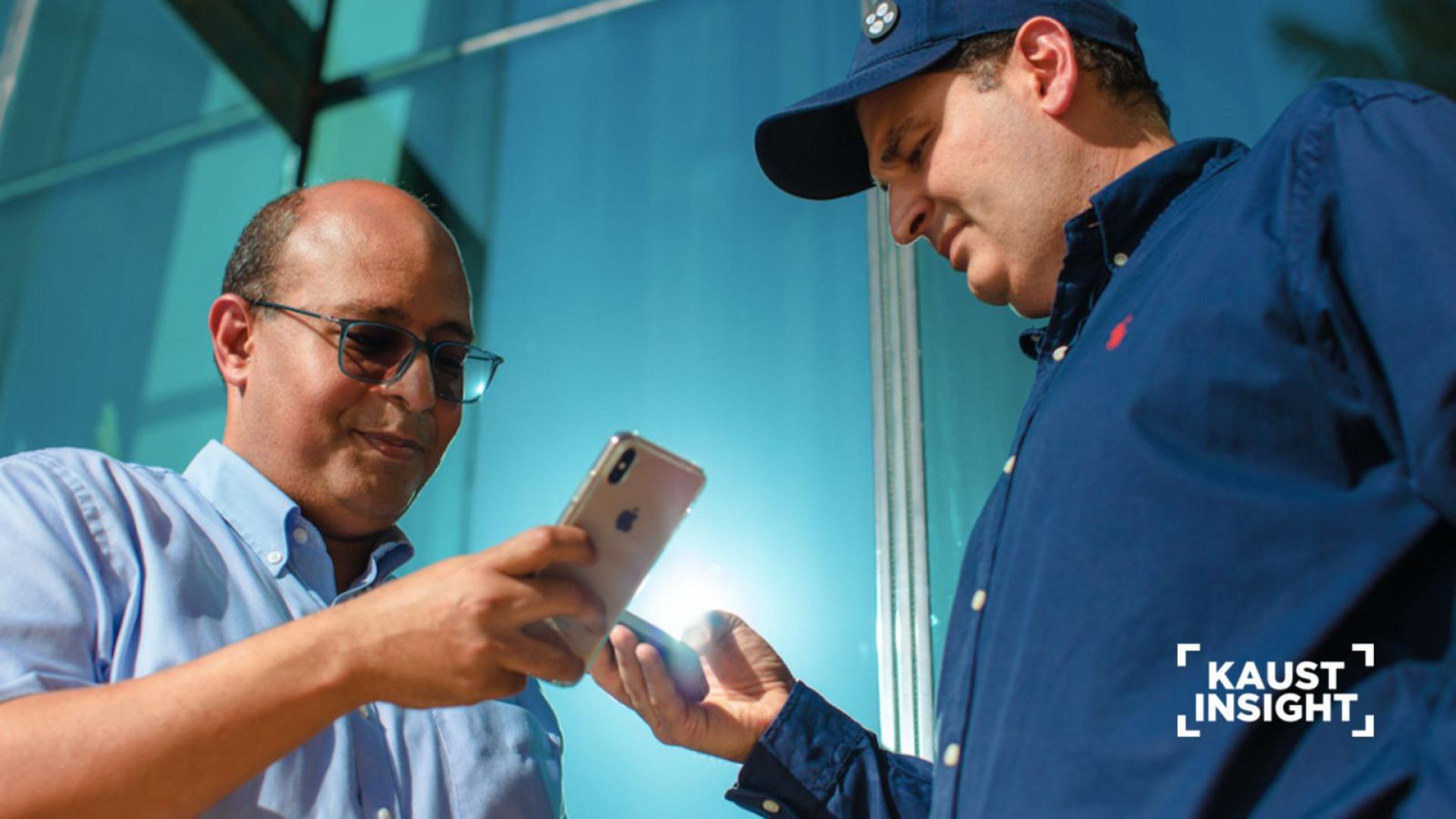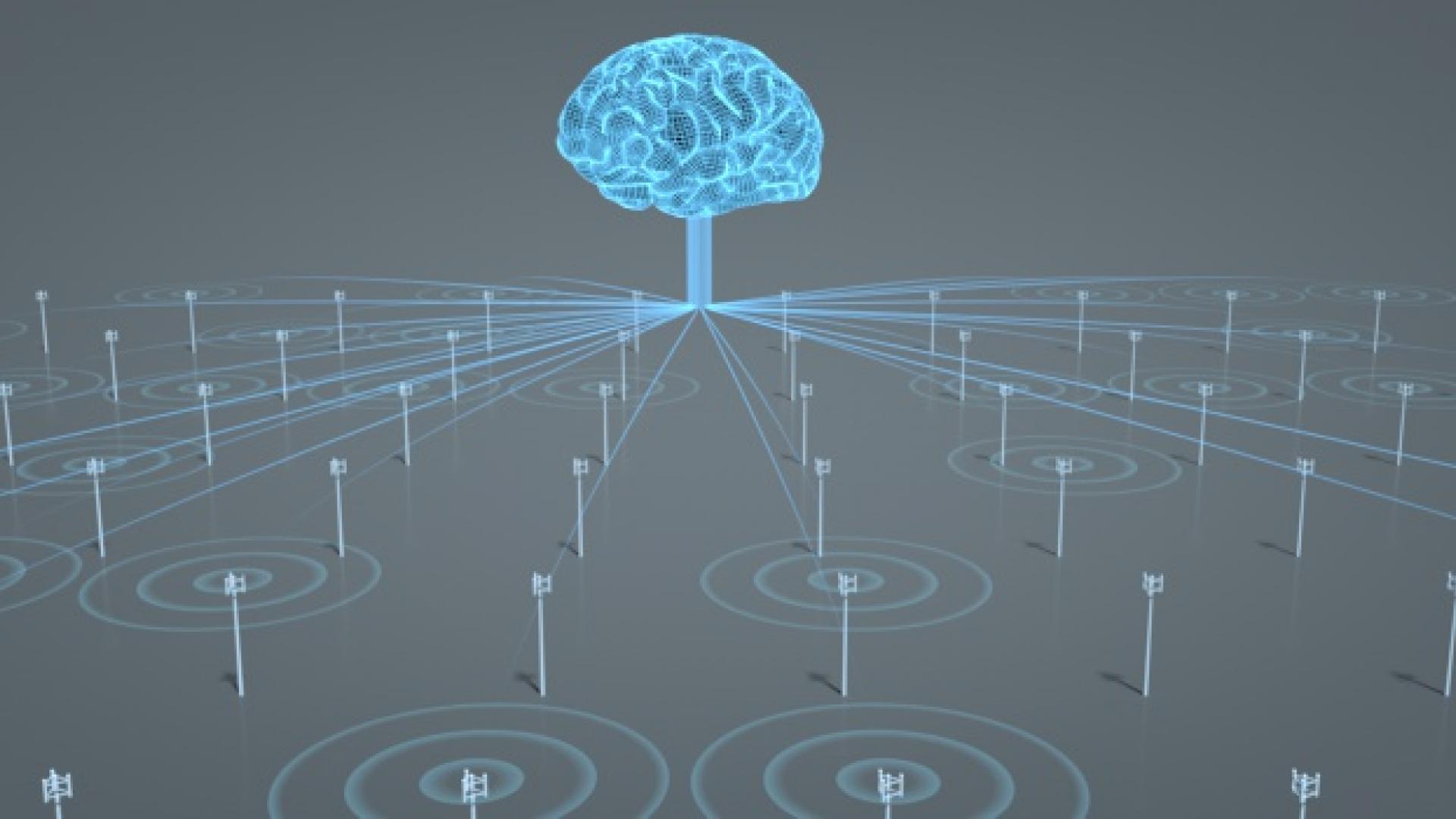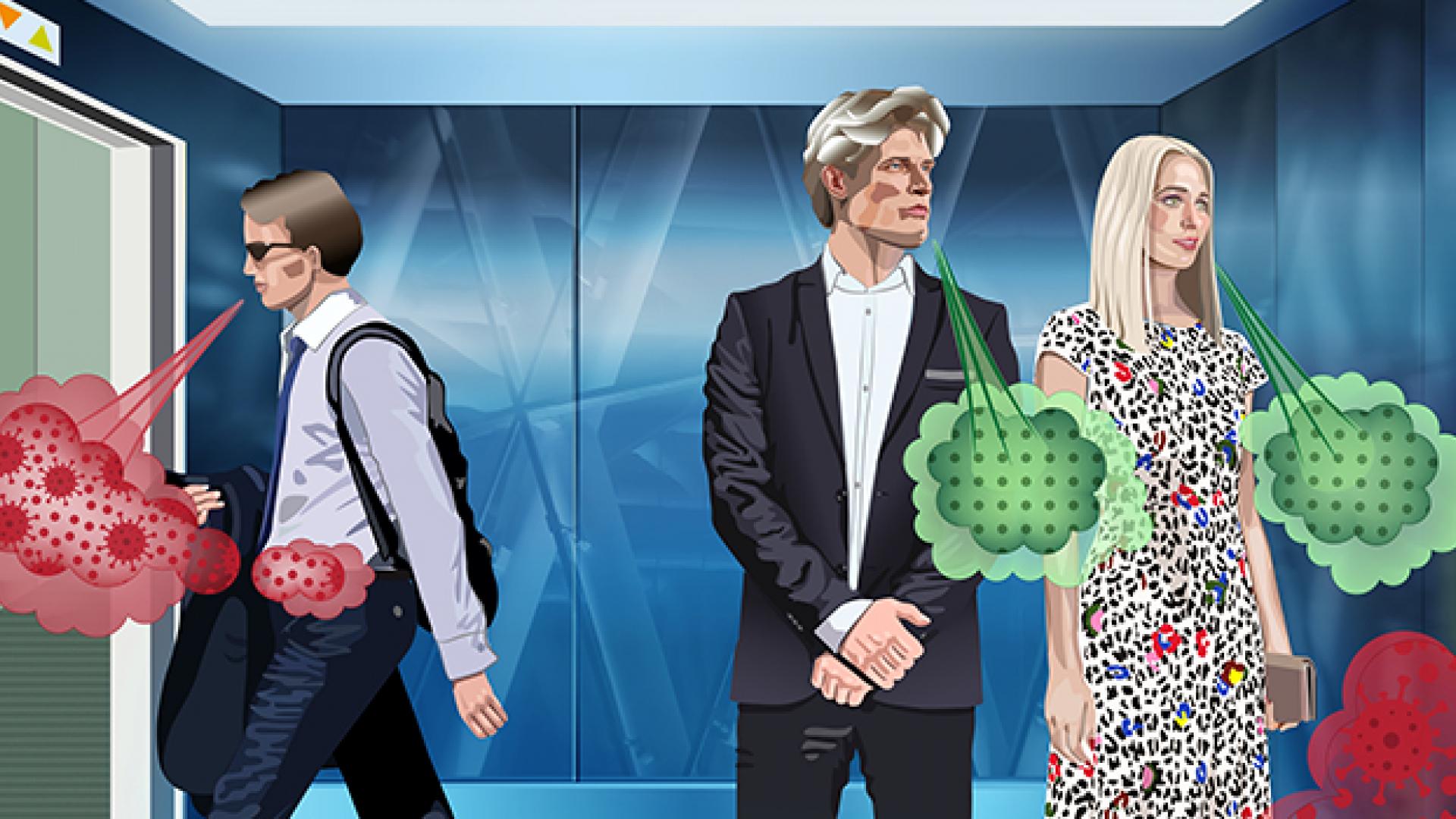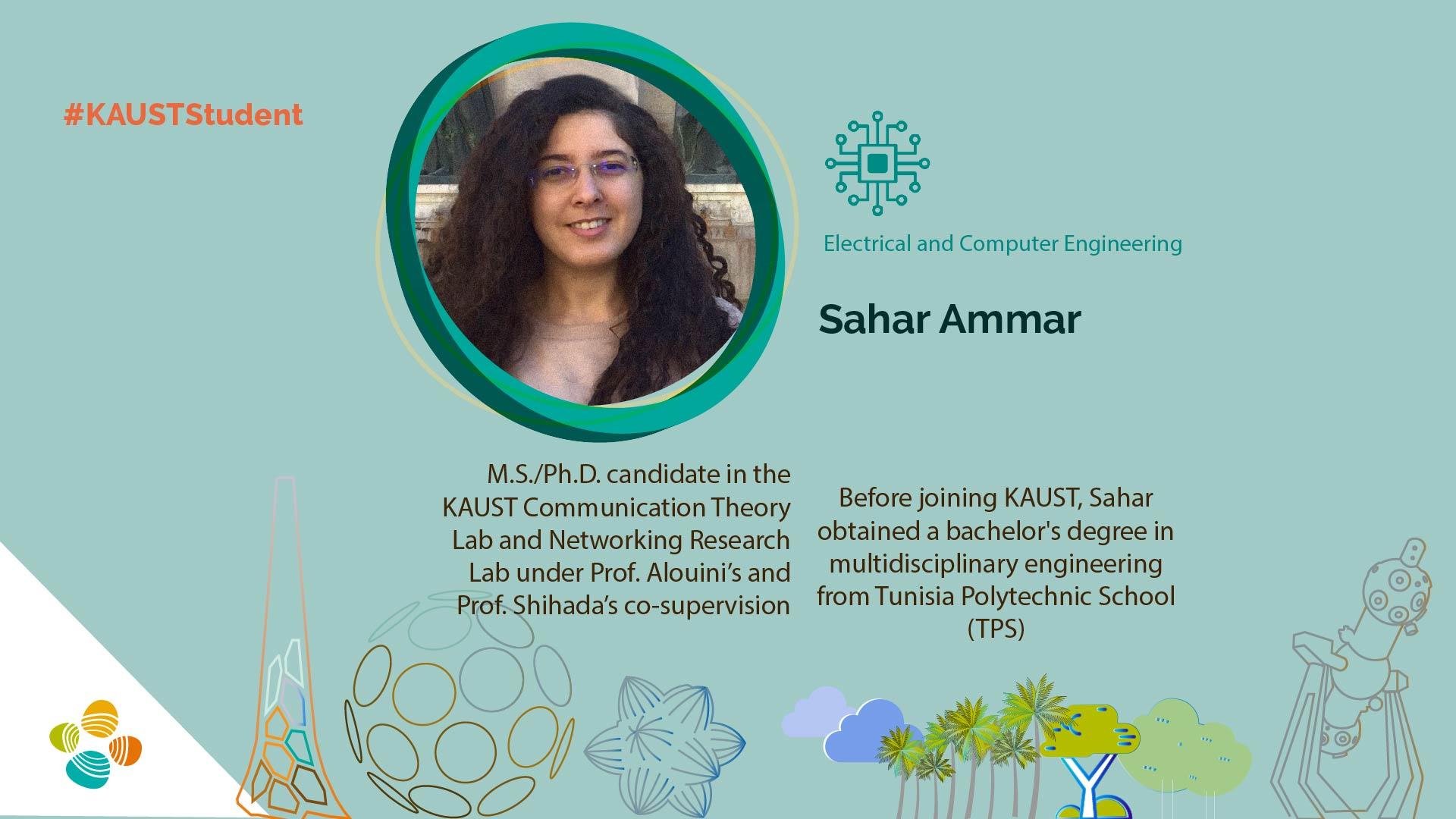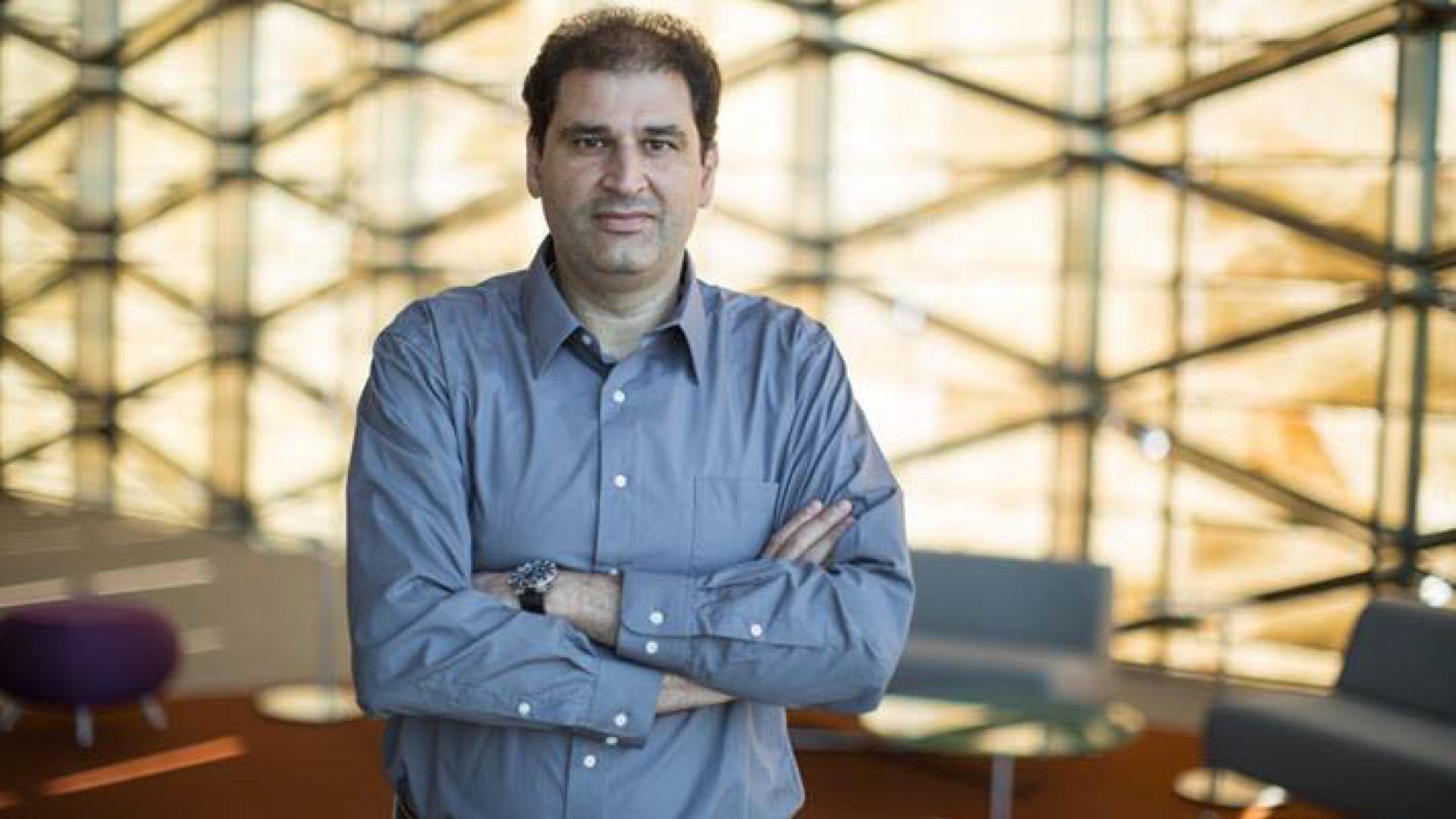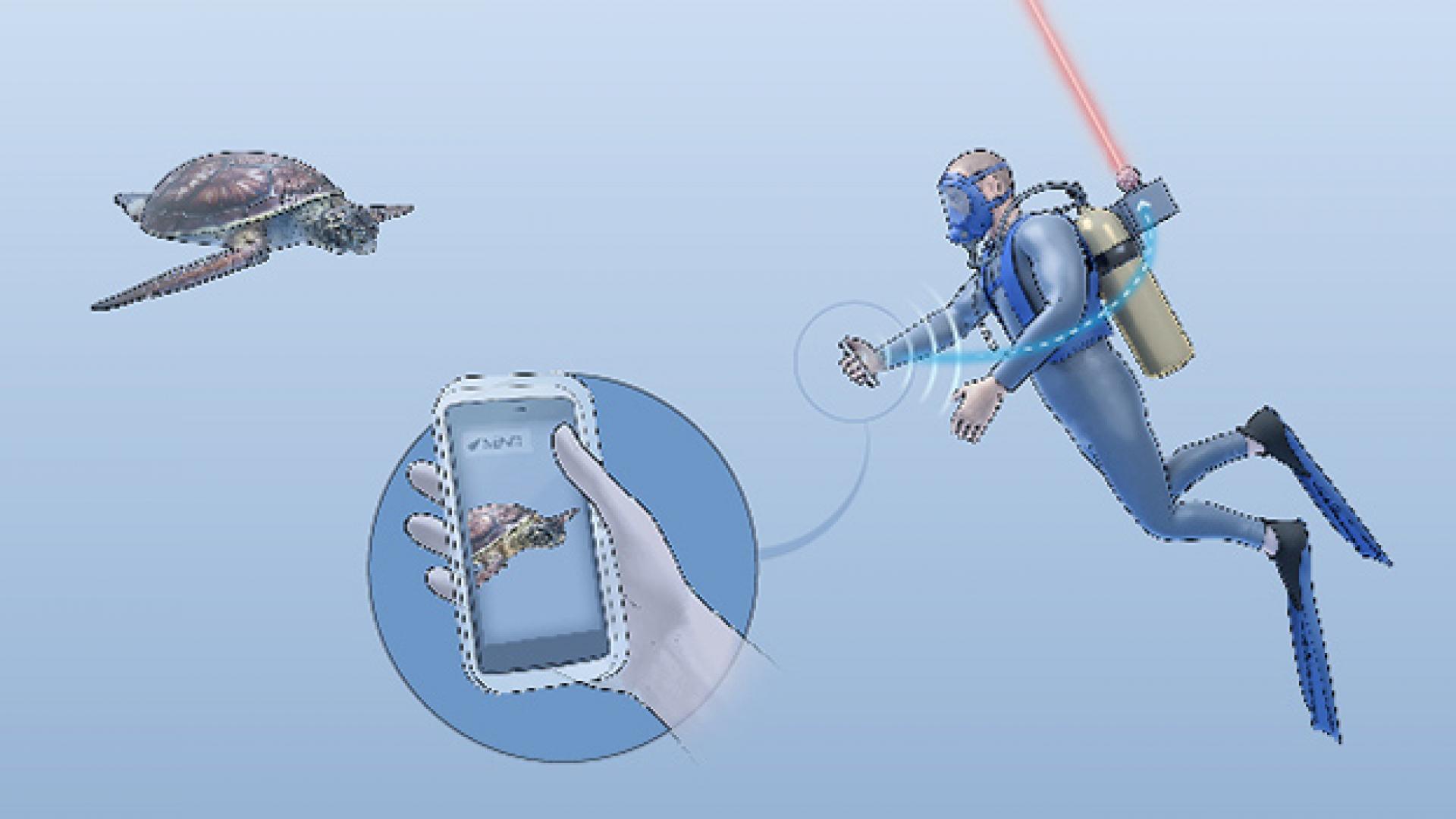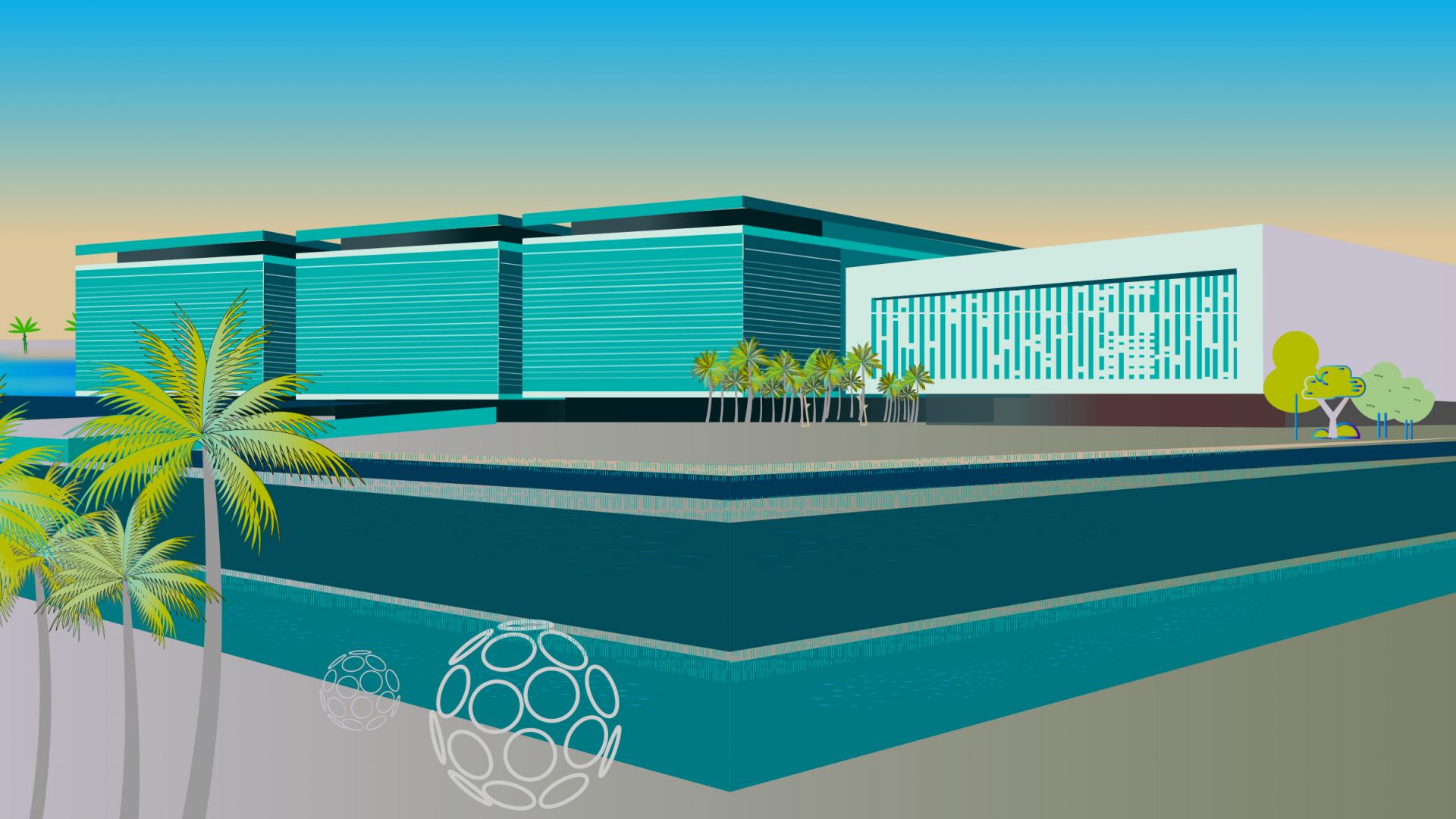Solid-state radiofrequency reflectors will enable seamless wireless connectivity in the
Hyperloop evacuated-tube transport svstem.
Illuminating the twisting pathway to efficient wireless communications based on light.
Smart windows that can polarize sunlight could offer a low energy alternative to Wi-Fi.
Predicting wireless traffic using artificial intelligence could improve the reliability of future wireless communications.
Electrical and computer engineers take on complex modeling questions that can further our understanding of virus spread in small spaces.
Sahar Ammar will join KAUST this fall as a M.S./Ph.D. candidate and member of the Networking Research Lab and Communication Theory Lab under the co-supervision of Professor Basem Shihada and Professor Mohamed-Slim Alouini. The multidisciplinary engineering graduate will join the University from Tunisia Polytechnic School (TPS).
Communicating underwater has always been a hassle. Radio transmissions, the ubiquitous wireless standard above the waves, can't transmit very far before being entirely absorbed by the water. Acoustic transmissions (think sonar) are the preferred choice underwater, but they suffer from very low data rates. Wouldn't it be nice if we could all just have Wi-Fi underwater instead?
Scuba divers could send sea life shots in real time using an aquatic internet service.
While 5G companies and opponents are competing over the deployment of the first 5G platforms, the next generation of wireless telecommunication technology is being concocted right now in laboratories all around the world.
For a communications revolution, 6G development needs more human-centric research.
Our paper entitled "Spectral-Efficiency - Illumination Pareto Front for Energy Harvesting Enabled VLC System", has been accepted for publication at IEEE Transactions on Communications.
Our paper entitled "Learn-As-You-Fly: A Distributed Algorithm for Joint 3D Placement and User Association in Multi-UAVs Networks", has been accepted for publication at IEEE Transactions on Wireless Communications.
A communications concept could pinpoint a person infected with a deadly, contagious virus in the middle of a crowded airport.
KAUST alumnus Faisal Nawab received his master's degree in computer science from the University in 2011. His M.S. thesis work, which focused on how to build wireless network infrastructure, was supervised by KAUST Associate Professor Basem Shihada.
